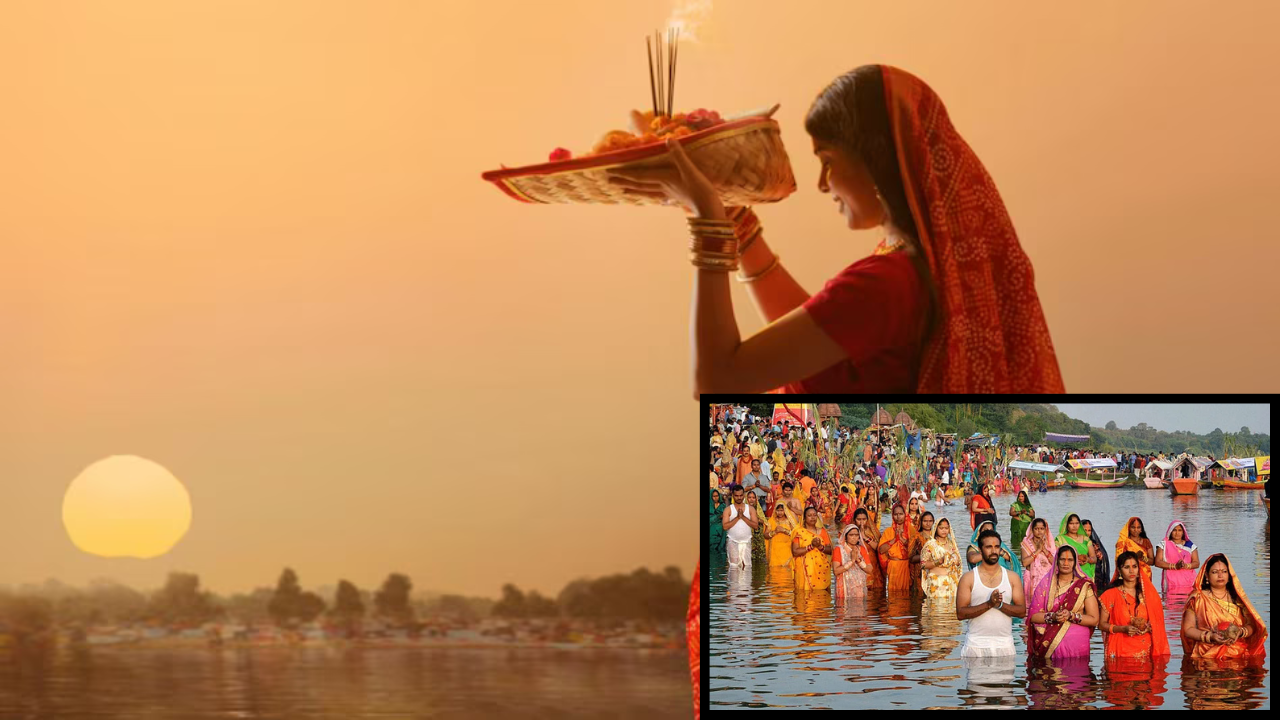Observed mainly in Bihar, Jharkhand, and eastern Uttar Pradesh, Chhath Puja is a four-day festival of devotion and discipline dedicated to the Sun God. Here’s the full day-wise schedule, puja muhurat, sunrise-sunset timings, and the centuries-old legend behind it.

Chhath Puja 2025 will be celebrated from October 25.
Patna: Chhath Puja, one of the most revered Hindu festivals, celebrates the worship of the Sun God (Surya Dev) and his consort Usha, the first light of dawn. It is believed that the Sun’s rays hold healing power and sustain life on Earth. Observing Chhath brings prosperity, longevity, and peace to one’s family.
Primarily celebrated in Bihar, Jharkhand, eastern Uttar Pradesh, and parts of Nepal, the festival has now spread across India and abroad, especially among migrant communities. It is also known by regional names such as Surya Shashti, Dala Puja, and Chhath Parv.
The four-day festival begins on Saturday, October 25, and concludes on Tuesday, October 28, 2025.
The festival is dedicated to Surya Dev (Sun God) and Goddess Usha.
Chhath Puja is celebrated mainly by people of Bihari and Maithil communities, though its spirit of devotion transcends regional boundaries. The rituals are deeply ecological — using only natural offerings like fruits, sugarcane, and thekua (a traditional sweet).
The festival symbolizes gratitude to nature’s forces and promotes purity of mind and body through fasting, self-control, and community participation. Devotees believe that offering prayers to the Sun ensures health, abundance, and happiness in life.
The tradition of Chhath Puja dates back to Vedic times, when sun worship was part of daily ritual practice. Scriptures mention that Draupadi and the Pandavas observed Chhath to regain their lost kingdom and restore health and prosperity. Some legends also link it to Karna, the son of the Sun God, who is believed to be the first devotee of Surya.
Over centuries, Chhath evolved into a festival that combines spiritual purity, cultural unity, and environmental respect, making it one of India’s most eco-conscious celebrations.
Beyond its religious meaning, Chhath Puja represents faith, endurance, and communal harmony. The sight of devotees standing waist-deep in water at sunrise and sunset, offering prayers with folded hands, continues to inspire millions — reaffirming the bond between humanity and nature.